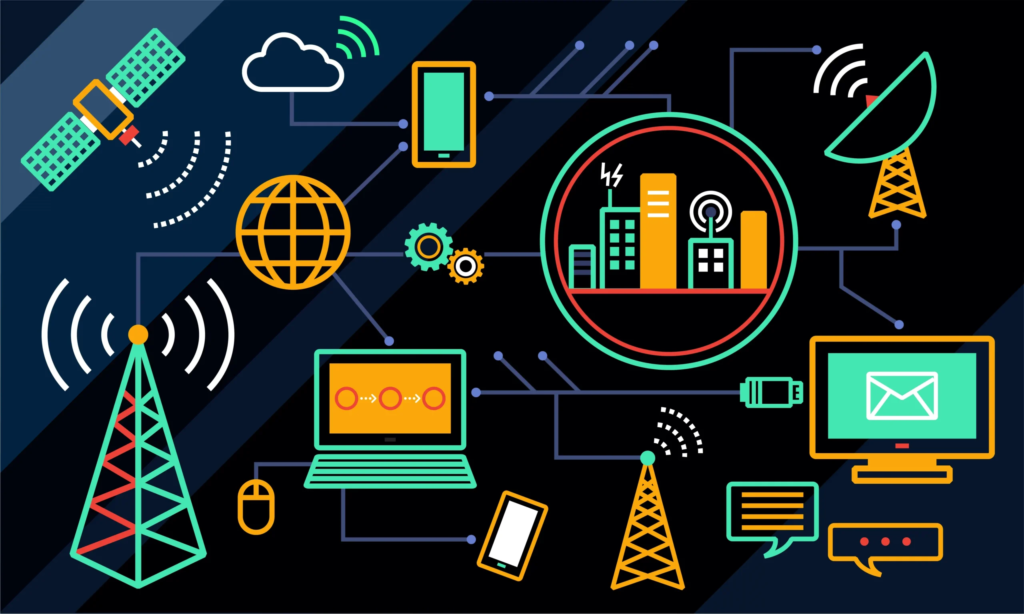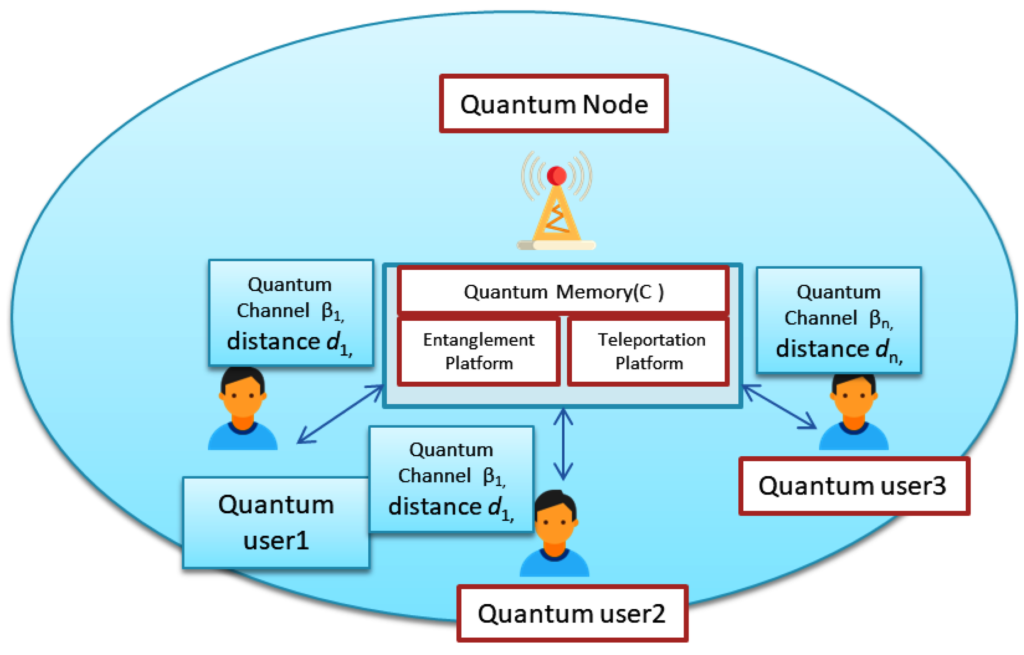Mobile telecommunications have evolved significantly, revolutionizing how people communicate, access information, and conduct business globally. Advancements in wireless communication technologies have driven the proliferation of mobile devices, transforming the way individuals interact and stay connected in today’s digital age.

Evolution of Mobile Telecommunications
Mobile telecommunications began with the advent of 1G (first generation) networks in the 1980s, which introduced analog voice calls. Subsequent generations (2G, 3G, and 4G) brought digital communication, enhanced data speeds, and the ability to access the internet and multimedia content on mobile devices. Currently, the deployment of 5G networks represents the latest advancement, promising unprecedented speed, capacity, and connectivity for a wide range of applications.
Key Advancements in Wireless Communication
- 5G Technology: Fifth-generation (5G) wireless technology represents a significant leap forward in mobile telecommunications. It offers faster data speeds, lower latency, and greater capacity compared to previous generations. 5G enables seamless connectivity for high-definition video streaming, augmented reality (AR), virtual reality (VR), and Internet of Things (IoT) devices, supporting a vast ecosystem of interconnected devices and applications.
- Internet of Things (IoT): Mobile telecommunications play a crucial role in enabling IoT devices to connect and communicate over the internet. IoT applications range from smart home devices and wearable technology to industrial sensors and autonomous vehicles, facilitating data collection, analysis, and automation in various sectors.
- Enhanced Data Speeds: Each generation of mobile technology has progressively increased data transmission speeds. 5G networks offer theoretical peak speeds of up to 10 Gbps, enabling ultra-fast downloads, smoother streaming, and real-time communication for users and businesses alike.
- Low Latency Communication: 5G networks significantly reduce latency (the delay between sending and receiving data), enhancing responsiveness for critical applications such as remote surgery, autonomous vehicles, and real-time gaming.
Impact on Business and Society

- Business Innovation: Mobile telecommunications empower businesses to innovate and transform their operations. 5G enables advanced applications such as remote collaboration, cloud computing, and real-time analytics, driving productivity and efficiency across industries.
- Economic Growth: Mobile telecommunications contribute to economic growth by fostering entrepreneurship, supporting digital commerce, and expanding access to markets. Improved connectivity enables businesses to reach global audiences and participate in the digital economy more effectively.
- Social Connectivity: Mobile devices and wireless communication technologies bridge geographical barriers, connecting individuals, families, and communities worldwide. They facilitate instant communication through voice calls, messaging apps, and social media platforms, promoting social interaction, cultural exchange, and community engagement.
Challenges and Considerations
- Infrastructure Deployment: Deploying 5G networks requires significant investment in infrastructure, including new base stations, fiber-optic cables, and network equipment. Ensuring widespread coverage in urban and rural areas remains a challenge for telecommunications providers and governments.
- Security and Privacy: With increased connectivity and data transmission, mobile telecommunications raise concerns about cybersecurity threats, data privacy, and regulatory compliance. Protecting sensitive information and securing network infrastructure are paramount for maintaining trust and confidence among users.
Future Outlook
The future of mobile telecommunications holds promise with ongoing research and development in wireless communication technologies. Emerging trends such as satellite-based internet services, AI-driven network optimization, and advancements in antenna technology will continue to shape the landscape of mobile connectivity, offering new opportunities and capabilities for businesses and consumers.
Conclusion
In conclusion, mobile telecommunications have transformed global connectivity and communication, driving innovation, economic growth, and social interaction. Advancements in wireless communication technologies, particularly with the rollout of 5G networks, promise to further enhance speed, capacity, and connectivity for diverse applications across industries and sectors. Embracing these advancements requires addressing infrastructure challenges, cybersecurity concerns, and ensuring inclusive access to benefit society at large in the evolving digital era.



